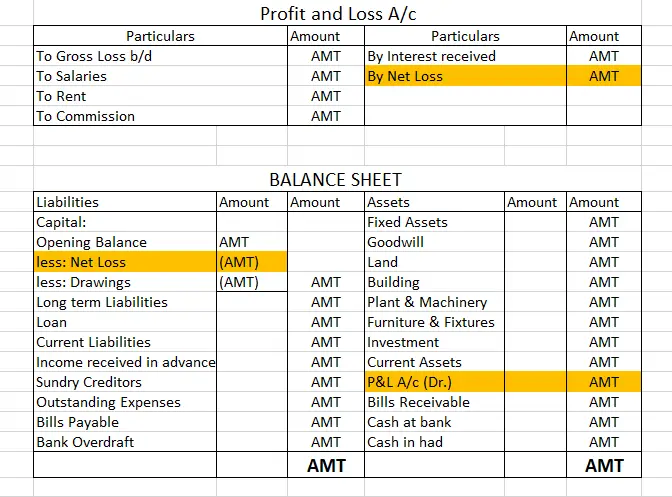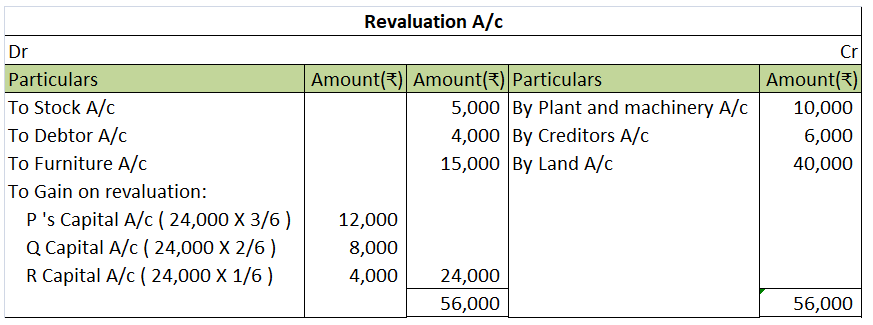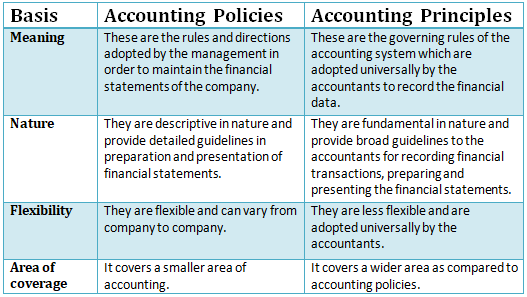Receipts and Payments Account for the year ended 31st March 2019 Receipts Amt Payments Amt To Balance b/d By General Expenses 32,000 Cash in Hand 40,000 By Newspapers 18,500 Cash at Bank 155,500 By Electricity 30,000 To Subscription By Fixed Deposits with Bank 180,000 2017-18 12,000 (On 30 ...
A Profit and Loss (P&L) statement is a financial statement that records a summary of all expenses and incomes of a business during a period of time. It helps in determining the financial performance of the business. After recording all transactions in an account, if the debit side is greater thaRead more
A Profit and Loss (P&L) statement is a financial statement that records a summary of all expenses and incomes of a business during a period of time. It helps in determining the financial performance of the business.
After recording all transactions in an account, if the debit side is greater than the credit side, then the account is said to have a debit balance. Similarly, if the credit side is greater than the debit side, then the account has a credit balance.
In a P&L account, when the expenses (debit) are greater than the incomes (credit), the business is said to be in a net loss. This loss is what we call the debit balance of a Profit and Loss account. A P&L account with a debit balance can be subtracted from Capital or be shown on the asset side of the Balance Sheet.

As you can see above, the net loss is shown on the right side of the P&L account. This represents the debit balance of P&L. Once it is transferred to the balance sheet, it is either subtracted from capital or shown on the asset side as shown in the second image. However, they cannot be shown on both sides of the balance sheet at the same time.
However, if the credit side is greater, that is if income is greater than expenses, then the P&L account shows a credit balance which is also known as net profit. This profit is added with Capital to show the final balance in the Balance Sheet.
Debit balance of Profit & Loss account is not preferable for a business. Hence they should put in efforts to either reduce costs or increase their income to gain profits.
See less










In the books of Rural Literacy Society Income & Expenditure A/c for the year ended 31 March 2019 Expenditure Amt Amt Income Amt Amt To General Expenses 32,000 By Subscription (W.N.1) 2,72,000 To Newspapers 18,500 By Legacy 12,500 To Electricity 30,000 By Government Grant 1,20,000 To Rent 65,000Read more
In the books of Rural Literacy Society
Income & Expenditure A/c for the year ended 31 March 2019
Balance Sheet as on 31 March 2019
Working Notes:
W.N.1: Calculation of Subscription
In the above calculation, for the year 2017-18 subscription amount was 12,000, and in the adjustment at the end of the year subscription was 20,000 so the difference of 8,000 is the amount of subscription that was outstanding.
W.N.2: Calculation of loss on sale of furniture
W.N.3: Calculation of Capital Fund
Balance Sheet as on 31 March 2018
W.N.4: Calculation of Accrued Interest